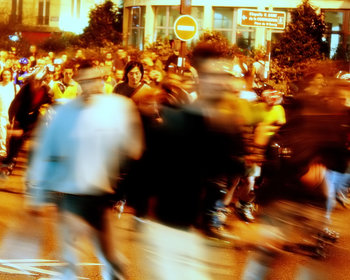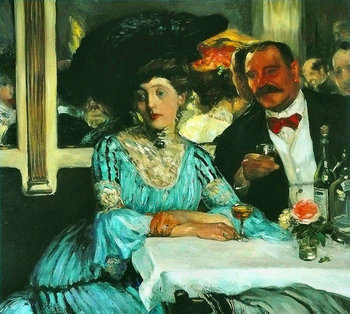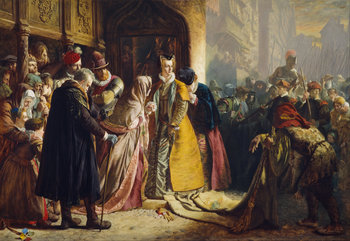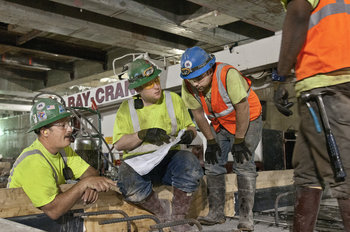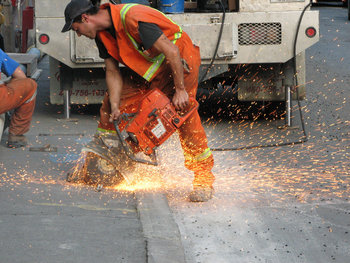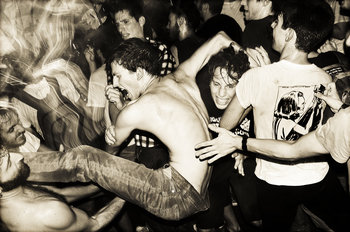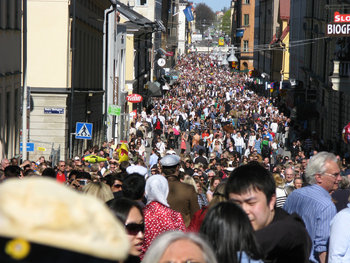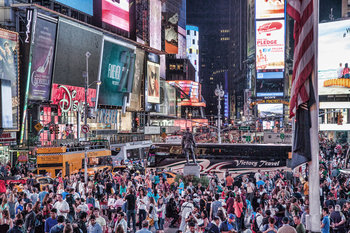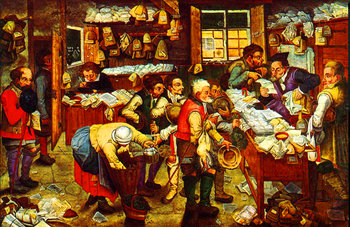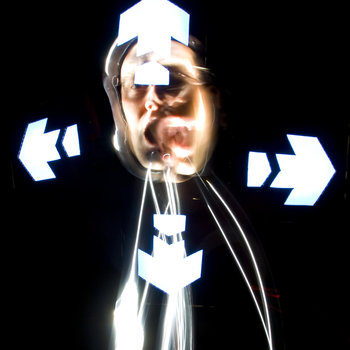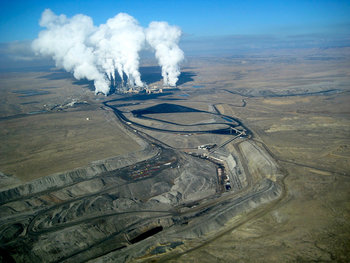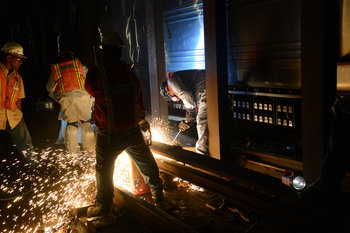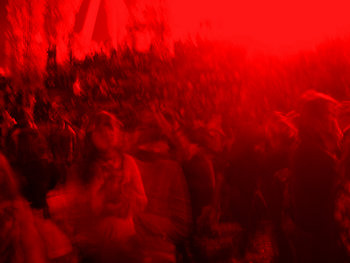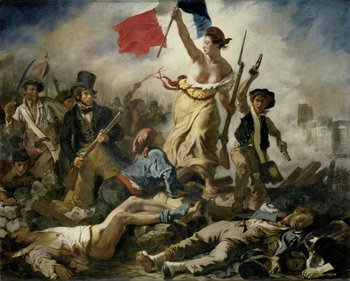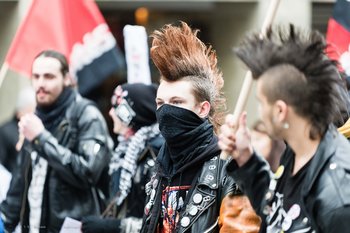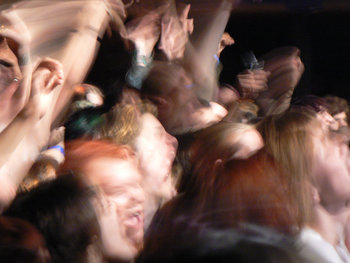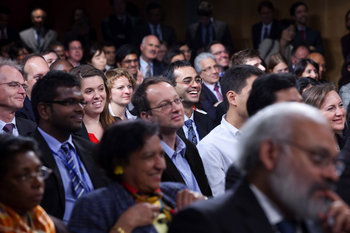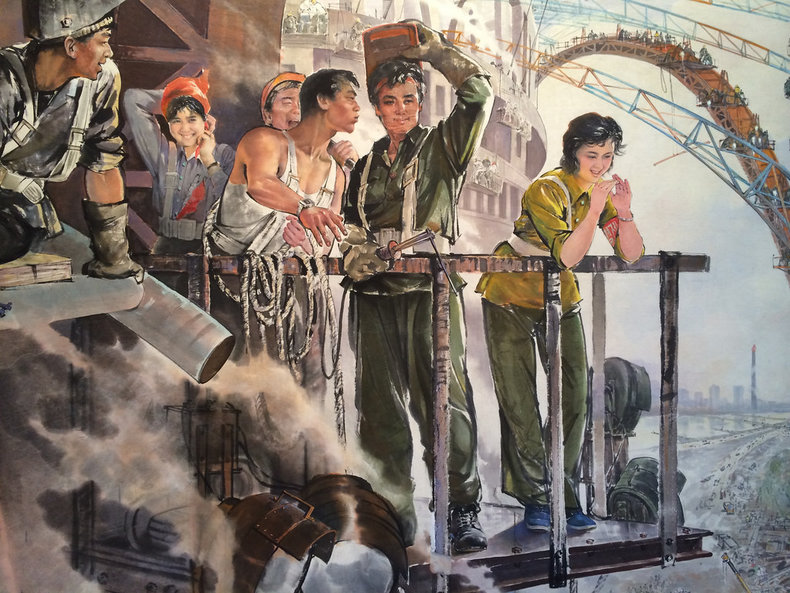
Labour
The proletariat offer their labor to the owners of capital such as governments, companies, non-profits and small businesses.Freelancers
The term proletariat originated with 19th century Marxist theory where the proletariat mostly worked in factories for large firms. The economy has since become far more dynamic such that the proletariat are often free agents that offer their labor for a fee.Class Consciousness
According to Marxist theory, the proletariat have a strong sense of class consciousness. Where this is missing, it is questionable if the proletariat is a useful concept to describe society. For example, if workers are more interested in identity politics based on gender, race, culture and language they may fail to identify as an economic class with common interests.Petite Bourgeoisie
The petite bourgeoisie are independent individuals who work with their own capital. This includes farmers and small business people who work for a living but aren't dependent on the capital of others. The petite bourgeoisie may have a similar income level to the proletariat but may not identify with their interests because they are an entrepreneurial class who don't view themselves as labor.Blue Collar
Blue collar is a modern term for workers who perform physical labor. Historically, the proletariat were all blue collar.White Collar
White collar is a modern term for workers that perform non-physical labor such as working on a computer. When this type of work first emerged, most of these workers were paid better than blue collar workers such that they considered themselves bourgeoisie as their income level allowed them to save and accumulate capital. This is changing as it is increasingly common for white collar workers to have low pay and poor working conditions. As such, white collar workers may be either proletariat or bourgeoisie depending on income level.Lumpenproletariat
The lumpenproletariat is a Marxist term for the unemployable who are either dependent on the state or who are engaged in illegal professions. Marxists largely dismissed the lumpenproletariat as lacking class consciousness such that a nation with a large lumpenproletariat has no potential for revolution.Talent
Talent, also known as human capital, is the ability of an individual to command a high salary from the owners of capital. The rise of high paying professions in the 20th century damaged Marxist theory as most people who considered themselves bourgeoisie were highly paid workers who lived by their labor but enjoyed significant levels of discretionary income.Communism
Communism is a system that removes certain property rights such that the state owns all capital. This essentially forces everyone to be proletariat. Communism requires an extraordinarily powerful state that governs every aspect of life with a large bureaucratic elite. In the absence of market forces, production and distribution must be centrally planned. This system creates significant inefficiencies due to a lack of competition that provides incentives to improve.Social Market Economy
A social market economy is a capitalist system that allows for free markets where the state plays a role in redistributing resources from the bourgeoisie to the lumpenproletariat and/or proletariat. This may make sense to a highly automated society whereby a small number of extremely efficient and scalable organizations are able to provide extreme levels of production value such that everyone can have a reasonable level of discretionary income without destroying essential forces such as competition and the profit motive.| Overview: Proletariat | ||
Type | ||
Definition | An economic and social class that own little or no capital such that they depend on their labor to make a living. | |
Also Known As | ||
Related Concepts | ||






